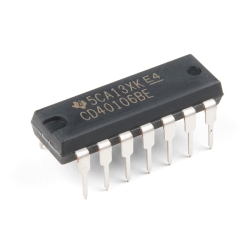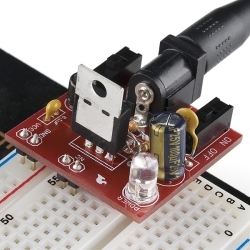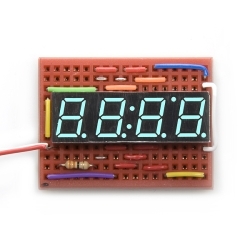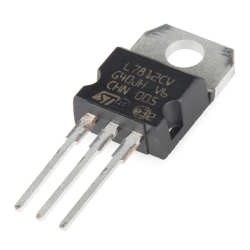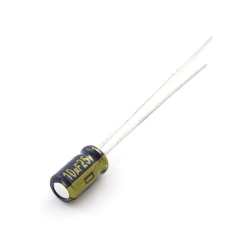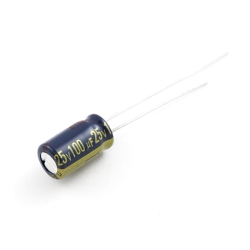Voltage Regulator - 5V
COM-00107
Voltage Regulator - 5V
SKU: COM-00107
$1.10
In stock
SKU
COM-00107
Product Overview
This is the basic L7805 voltage regulator, a three-terminal positive regulator with a 5V fixed output voltage. This fixed regulator provides a local regulation, internal current limiting, thermal shut-down control, and safe area protection for your project. Each one of these voltage regulators can output a max current of 1.5A.
Features:
- Output Voltage: 5V
- Output Current: 1.5A
- Thermal Overload Protection
- Short Circuit Protection
- Output Transition SOA Protection
Documents:
Similar Items
Hookup Accessories
Features & Specs
- Output Voltage: 5V
- Output Current: 1.5A
- Thermal Overload Protection
- Short Circuit Protection
- Output Transition SOA Protection
Documentation
Customer Reviews
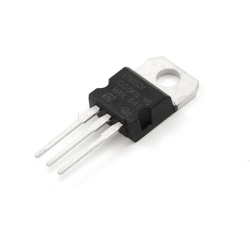
Voltage Regulator - 5V
$1.10
COM-00107


 Datasheet
Datasheet